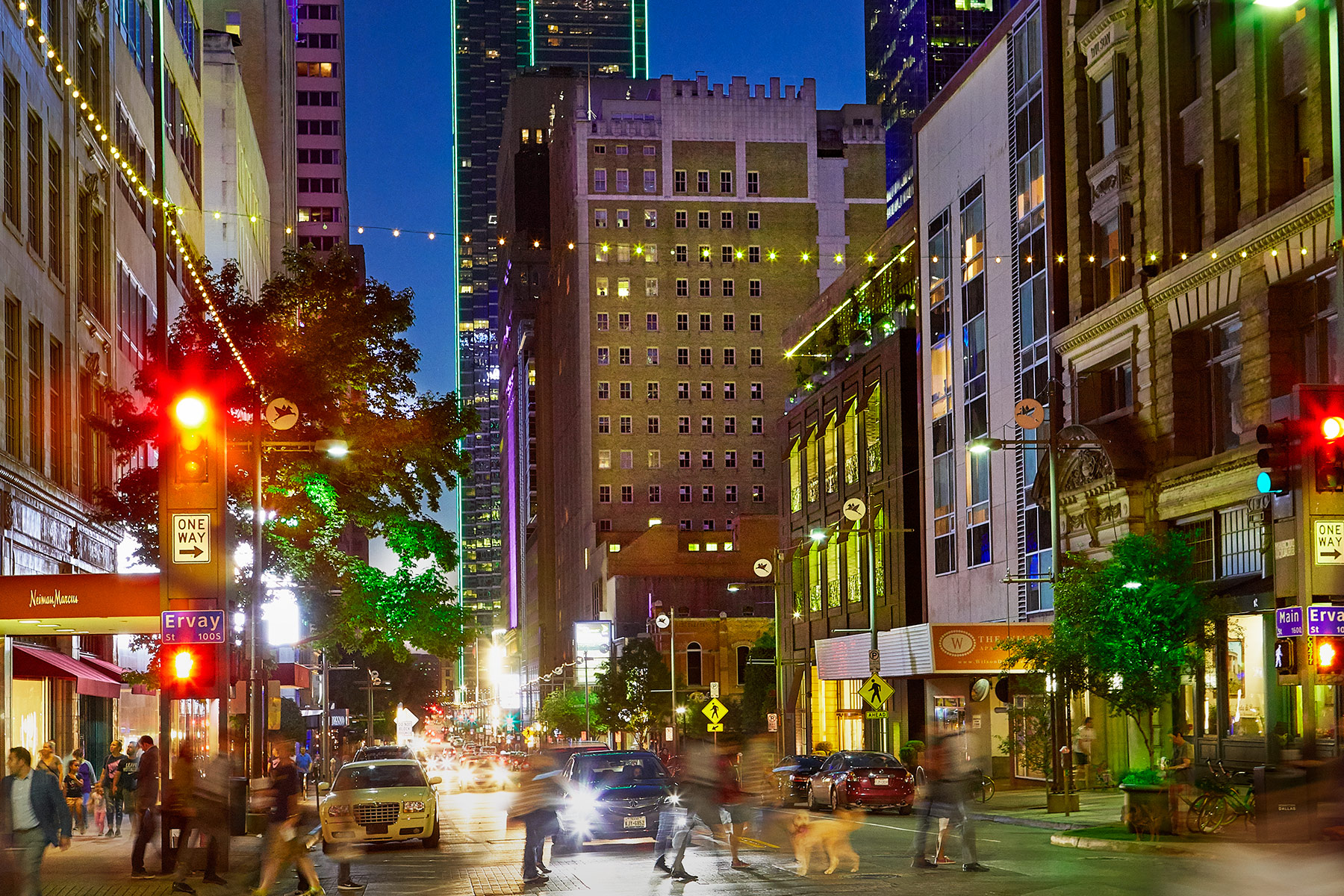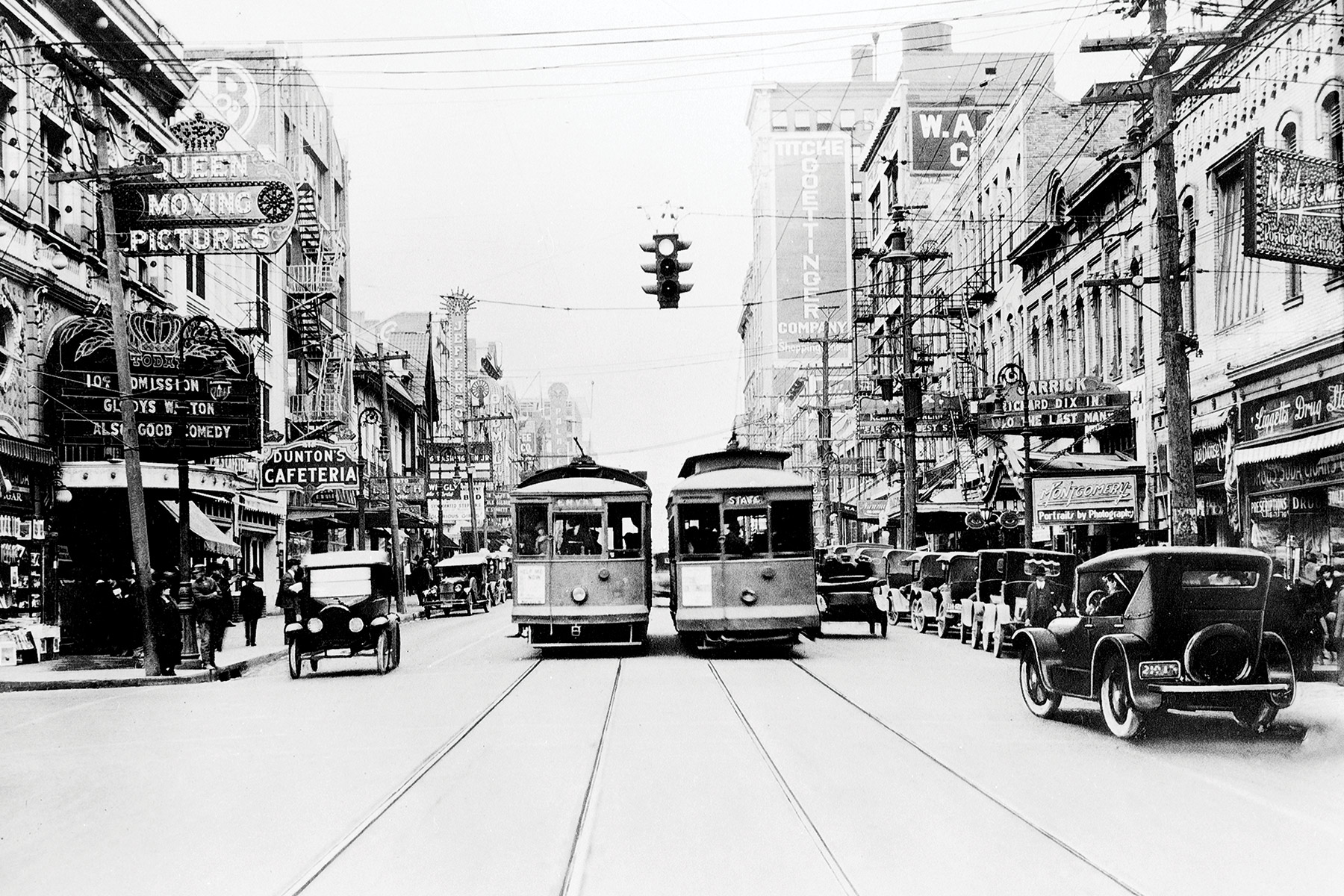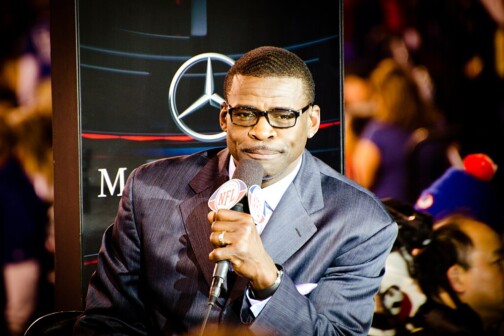In many ways, 2023 felt like it was setting the table for the real action.
The D2 subway, a major downtown capital project, got shelved last year. City Hall started planning how to spend $1.1 billion in bond funding. Changes to the zoning code mobilized single-family homeowners, first to get rid of those pesky short-term rentals, and now to curb efforts to allow duplexes and triplexes in their communities. Offices went empty, and now they’re being turned into apartments. Billions of dollars in private investment is coming to downtown and Uptown, and developers are now bullish on the areas around Fair Park. TxDOT figured out what to do with I-345 (trench it) and Interstate 30 (expand it, but below-grade), and will continue to work.
As the first week of the new year comes to a close, let’s take a look at the major topics we’ll be watching for in 2024.
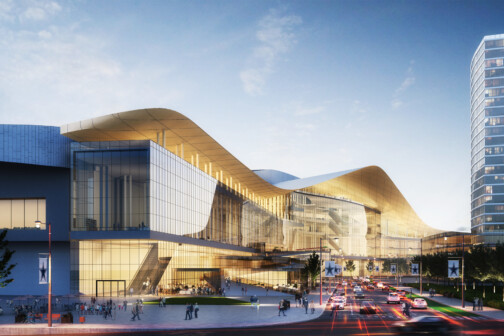
A New Downtown. The debate over whether we should even have a convention center in our downtown died in 2022, when voters approved hiking the hotel occupancy tax by 2 percent to fund it. It’s coming, although the public specifics have been sparse. We know Matthews Southwest has been awarded the first phase of the master plan’s development contract. What we don’t know is the exact alignment—will it be closer to Lamar Street and open up toward the West End, or pocketed back toward Ray Hunt’s property near the Hyatt Regency and Reunion Tower? We’ll know more once the city issues an RFP—Request for Proposals—for architect applications. That should come by the spring.
Speaking of Hunt: the company is finally ready to go vertical on its vacant land behind Reunion. The Dallas Morning News reported that it plans to build a slew of new towers just north of Interstate 35, which would include 5,000 apartments—with 1,500 intended for workforce housing—a few million square feet of office space, a 3- to 4-acre park, another hotel, and a bunch of retail space. It’s the largest project announcement since the city began moving toward the new convention center.
Hunt is also building the $500 million NorthEnd mixed-use project for Goldman Sachs at the other end of downtown, near Victory Park. Downtown Dallas Inc. is pushing for a ‘Complete Street’ redo of Field Street in the coming bond package, which would make it much easier for pedestrians to come and go between downtown and Victory Park. Just south of NorthEnd, closer to the Perot Museum, will be another mixed-use development called the “Field Street District”—welcome to Dallas, where developers brand neighborhoods—that will include over 1 million square feet of office space, two towers, a hotel, and something like 40,000 square feet for retail and restaurants.
At the eastern end of downtown, the Texas Department of Transportation will remove and trench I-345. These projects obviously won’t be finished next year, but they should come into clearer view.
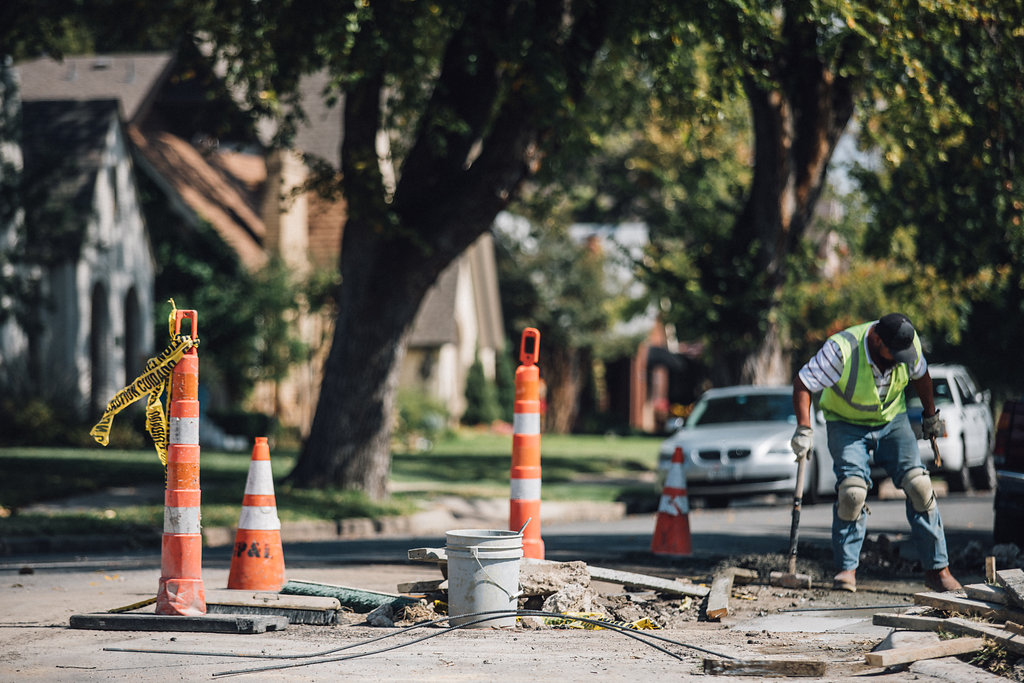
The bond. At some point this year, either in May or in November, voters will be asked to give the city permission to take out $1.1 billion in debt to fund a slew of capital projects. The buckets include: streets, parks, housing and economic development, critical facilities, and flood control.
The city has $17 billion worth of deferred maintenance, according to the city manager’s office, which means there are many months of a municipal tug-of-war between city departments, council members, and stakeholders. All of that was in play during the Council’s calamitous first briefing about how to spend that money, and our next update isn’t coming until January 31.
Bigger picture, it’s clear that Dallas needs to grow its tax base to be able to take care of its liabilities. That’s why the next section will be so important in the coming months.
Code Reform. Don’t yawn. City Hall has spent the last three to four years looking in the mirror, considering why it has been so difficult to build new housing that accommodates working people. The Child Poverty Action Lab recently identified a gulf of 33,600 apartments for people who make about half of the area’s median income. About 40 percent of Dallas’ population work jobs that put them in this category.
The most immediate concern will be debating allowing more people to live on a single lot. At least 60 percent of Dallas land is zoned for single-family housing, and the minimum size of those lots is between 5,000 and 7,500 square feet. The City Council will soon be briefed on an analysis of what would happen if that drops to 1,500, following similar efforts in cities like Houston and Austin. The next step would be to exploring allowing two to four separate units on a single lot, which amount to duplexes, triplexes, and quadplexes next to single-family homes.
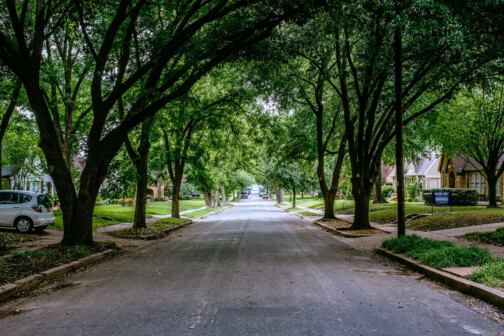
The idea would create a new product type for developers, one in which the city could regulate to resemble the same character and height as the existing homes around it. That would be a first step to opening the door to what is sometimes called “missing middle” or “gentle density.” More people in more places. But the first discussion of such changes ended with hurt feelings.
Elsewhere, the matter of parking reform is back on the table: do we really need to require businesses provide so much parking? It results in landlords being unable to rent to certain tenants. Old buildings are torn down for parking spots. It increases costs, which are passed down to consumers. The city is also updating its curb management process, to figure out how to monetize public parking spaces—ideally, getting this right can generate revenue for infrastructure improvements and help avoid cars overflowing into residential neighborhoods. Parking should come before the City Council this year, as well as its consideration of a rewrite of the city’s land use plan.
Dallas hasn’t updated its zoning code since the 1960s, which has helped fuel sprawl and made it difficult for small businesses and more expensive for residents. Next year could be when the city gets serious about reforms that change our trajectory and make Dallas more livable for more people.
Office Apartment Conversions. No city in Texas has been as aggressive at transforming its aging office buildings into apartments. Downtown is ground-zero, where about 2,000 new units have opened up in vacant office towers. Analysts Avison Young report that about 31 percent of downtown office space is vacant, and Downtown Dallas Inc. reports that office presence is about 65 percent of what it was before the pandemic.
The trend is spreading elsewhere, too. The News recently reported that the 1960s-era Stemmons Towers near the Southwestern Medical District will be redeveloping the spaces into apartments. Jonas Woods, one of the developers who is very bullish on this new idea, anticipates there being 4,000 units in downtown in the next two years.
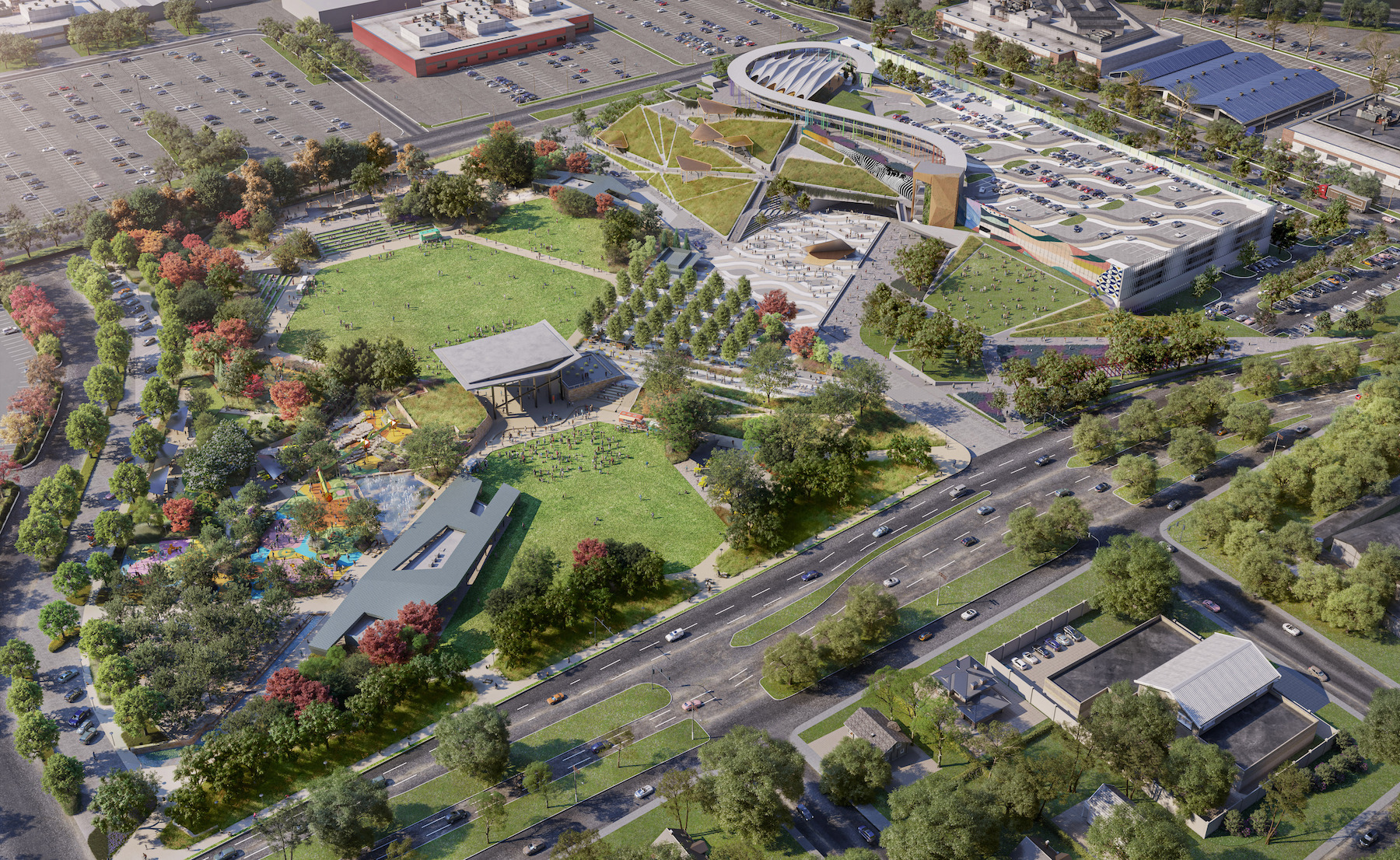
South Dallas. Bethany Erickson went long on the changes coming to the front door of Fair Park in South Dallas. Over the history of the neighborhood, which sits less than three miles southeast of downtown, it has been mistreated by local government by way of eminent domain, redlined by the federal government, and physically separated from its northern neighbors by railroads and a highway.
Change is once again afoot, as apartment buildings and new private investment comes to Exposition Park, near the fairgrounds. The private operators of Fair Park are tearing down fences and transforming empty parking lots into a new community park, promising to connect the amenity to its neighbors.
Further into South Dallas, Martin Luther King Jr. Boulevard has received nearly $22 million in federal funding to make it safer for pedestrians and encourage more street-level retail. The nonprofit Forest Forward is continuing its effort to renovate the historic Forest Theater. And its neighbor, the elevated SM Wright Freeway, has been pulled down and is being transformed into a boulevard.
The question for South Dallas is the question in many neighborhoods that have historically been ignored by City Hall—until it suddenly isn’t. Can the longtime residents afford the inevitable property tax increases that this type of investment so often brings?
There are also basic infrastructure improvements for which this part of Dallas has been left out. For instance: portions of the area have been without internet and phone service since Christmas. AT&T blames that on copper thieves, but the community says they’ve had to deal with issues such as this far more commonly than more affluent neighborhoods elsewhere in the city.
Interstate 30. The Texas Department of Transportation will be rebuilding and widening I-30 from downtown through Ferguson Road, which will precede similar work further east to Garland. This is a freeway widening; the first stretch to Ferguson will result in the displacement of five residences and 11 “non-residential buildings.” TxDOT plans to sink the highway below ground, removing the elevated berms and ungainly on- and off-ramps. At-grade bridges would serve as streets flying over the highway, and the state promises to build wide sidewalks and include ‘Complete Street’ elements in the design that improves the experience for pedestrians.
The North Central Texas Council of Governments is pursuing federal funding for a deck park near downtown, which would work in tandem with the overhauled convention center. But the biggest change would be in South Dallas, where Interstate 30 acts as a concrete barrier that slices it off from East Dallas.

Harold Simmons Park, West Dallas, and the Tricky Matter of a High-Speed Rail to Fort Worth. Harold Simmons Park, that dream of a wonderland in between the Trinity River levees between West Dallas and downtown, will look quite a bit different than what the public was promised during Mayor Mike Rawlings’ tenure. For one, it won’t be between the levees. The U.S. Army Corps of Engineers controls that floodplain, and the nonprofit charged with getting the thing built finally got the hint that doing so probably wasn’t worth the trouble.
It will now be built across the river in West Dallas, where the Trinity Park Conservancy has been quietly buying up old warehouses and other industrial businesses for the park. It could be 250 acres. Another thing we’ll learn this year. Tim Rogers wrote a whole column about this.
Here’s the part we need to pay attention to. When Tim interviewed Tony Moore, the head of the conservancy, Moore let slip that a high-speed rail was planned to sail above where he envisions there being parking for the park. It hugs the elevated Union Pacific line, which shoots over the river into downtown. Here’s where I’ll direct to you a News story from last week, which is ostensibly about how much work needs to happen before the Dallas-to-Houston high-speed rail line gets into gear. (A lot. Maybe too much.)
Way down at the bottom of the story, reporter Zaeem Shaikh focuses on the efforts of the North Central Texas Council of Governments to connect Dallas and Fort Worth via high-speed rail. Arlington and Fort Worth both get subterranean stations. But Dallas’ line is above ground, and it appears to cross through West Dallas into downtown and the Cedars. Ninety percent of the planned alignment is public land, meaning it wouldn’t require the government to take any of the land. Most of the privately-owned land is in Dallas. “That could impact West Dallas residents along with development downtown,” Shaikh writes.
What is that impact? It appears too soon to say. But it’s something to watch this year, and West Dallas neighborhood leaders like Raul Reyes, the head of West Dallas 1, have their eyebrows raised.
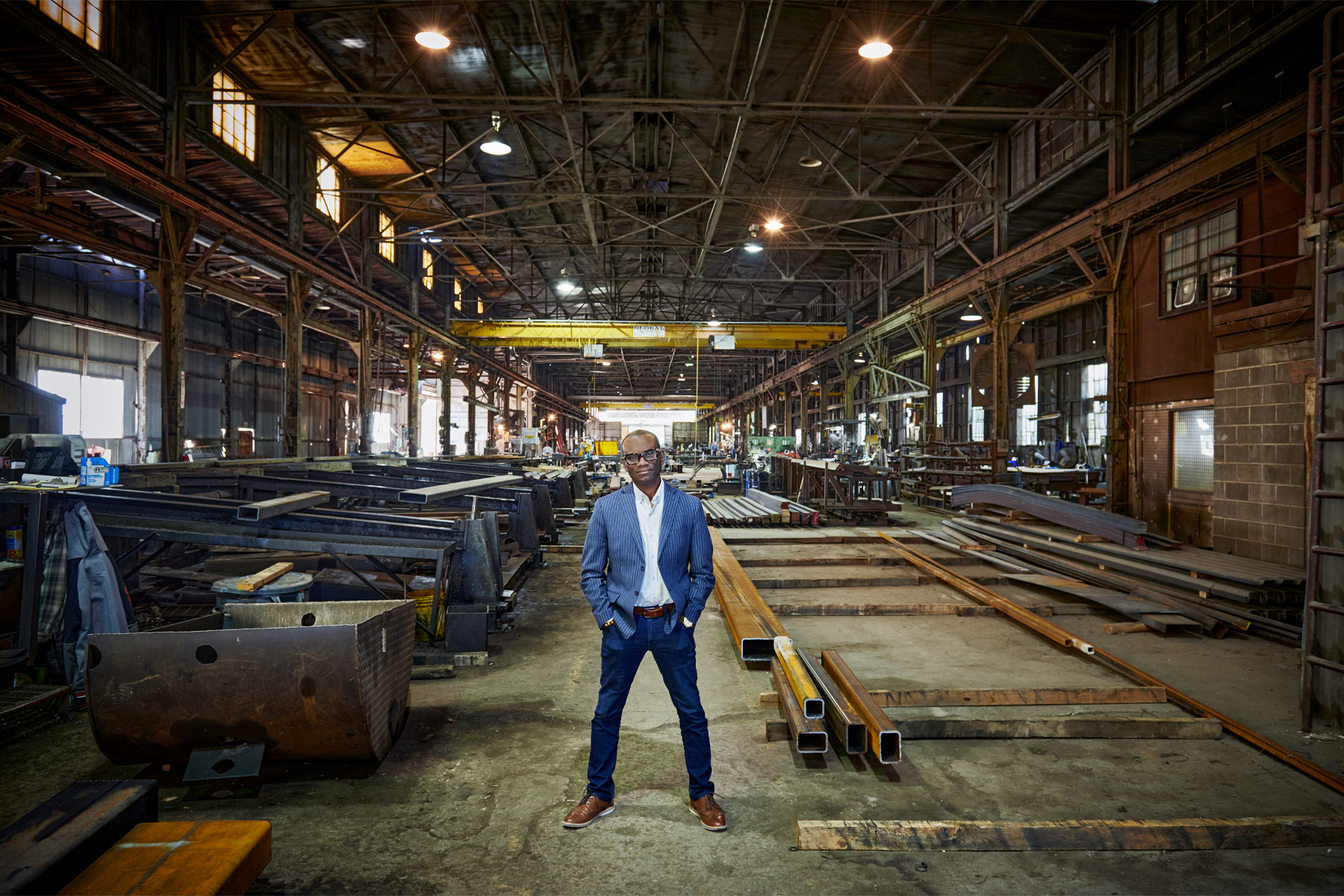
The International District. Valley View Mall in 2023, after years of sitting lonely in squalor, went from an eyesore into a flammable public safety hazard in a matter of weeks. The last of its concrete shell was torn down after two firefighters were injured putting out a blaze. The land upon which it sat is part of one of the city’s most ambitious future master plans, something it is calling the International District. The 450-acre development will include a new park, housing, retail, and a mix of other uses. The owner of the old Valley View, Scott Beck, says he’ll begin moving dirt soon. But Beck has said that before, and vowed that it would begin in the first quarter of 2024.
Its future is on pause until the bond gets sorted out. Original recommendations included $40 million for that park, $20 million in “economic development” dollars that could be used to acquire land and another $20 million to get the park moving. Councilwoman Jaynie Schultz, who has been integral in keeping this front and center in the discourse at City Hall, says developers are waiting to see what the city is willing to put up. Dallas bought the Prism Center office complex, but hasn’t made many other investments.
“Developers are saying, ‘where is the city in this? I guess it’s nice you bought an office building, but where’s the real money?’” Schultz said in an interview. “We are definitely waiting to see what happens in the bond, because is going to be a huge make-or-break.”
She’s watching as land prices rise, and worries that missing the funding here could crater the ultimate vision: towers with a mixed-income housing, retail, and other uses that reflect the international diversity of this part of North Dallas. In the meantime, the night markets and other pop-up events will continue. But all eyes are on how much bond money it gets.
The district will also include Dallas ISD’s first vertical school on LBJ Freeway. The K-12 STEAM school will be the district’s first all-inclusive campus and will take over a 12-story office building. It will also house a joint Dallas ISD and city library branch. The district says it’s on track to open in 2025.
The new DART. Dallas Area Rapid Transit built the nation’s largest light rail system. It did not build the nation’s most efficient. Nadine Lee was hired to succeed the agency’s longtime chief executive, Gary Thomas, in April 2021. She inherited his capital projects—the Silver Line, the suburban rail line that includes a portion of Far North Dallas; and the D2 downtown subway, which was shelved earlier this year—but has her eye on smaller things. Customer service, cleanliness, and security. Building out the recent bus redesign. Working with its 13 member cities to fund infrastructure improvements around its rail stations and most frequent bus stops. Advising those cities on zoning changes that could transform empty parking lots near rail stations into housing and other mix uses, creating a new population right next to its services.
DART’s past was build, build, build. Lee seems to believe its future is investing in the far more boring and effective strategies that will make our public transportation system usable for more people. In many ways, that’s a more ambitious goal than finding funding sources for new rail lines.
A downtown streetcar? DART removed D2 from its 20-year funding plan and pupils dilated at City Hall. There are two streetcars presently operating: one that goes from Bishop Arts to Eddie Bernice Johnson Union Station downtown, and another through Uptown and the Arts District. They don’t intersect, and they leave a gaping hole in the middle of downtown.
Downtown Dallas Inc. has been working with the city of Dallas to identify a path that would connect the two existing lines through downtown. But the question is how to fund its maintenance and operations, plus decide who would run it. DART operates the one in Oak Cliff, and the McKinney Avenue Transit Authority runs the one through Uptown. Neither seem too keen on expanding, and the success of the line will also be contingent upon including surrounding neighborhoods.
And so: don’t bet on being able to climb into a streetcar on Main this year. But we should get some clarity on what it could look like.
The charter review. Every decade, the city of Dallas asks its residents to open up the document that dictates how our government operates. They present potential amendments, which get discussed and then recommended to the City Council for a final vote. Whatever they decide makes it onto a ballot, and then it’s up to voters. That will happen this year.
Bethany Erickson wrote a terrific rundown last year of what happened in 2014 and 2005. The charter review committee is still meeting, so it’s not clear what will make it all the way to Council and to your ballot. We’ll be following it throughout the year, just like all of the above.
Author



